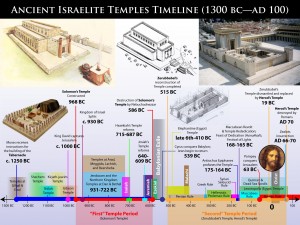

Previous Christian histories used several titles for dating events: anno mundi ("in the year of the world") beginning on the purported first day of creation or anno Adami ("in the year of Adam") beginning at the creation of Adam five days later (or the sixth day of creation according to the Genesis creation narrative) as used by Africanus or anno Abrahami ("in the year of Abraham") beginning 3,412 years after Creation according to the Septuagint, used by Eusebius of Caesarea all of which assigned "one" to the year beginning at Creation, or the creation of Adam, or the birth of Abraham, respectively. However, he did number many of the days of the week using the counting origin one in Ecclesiastical Latin. Bede did not sequentially number days of the month, weeks of the year, or months of the year. Bede also used, only once, a term similar to the modern English term ' before Christ', but that practice did not catch on until almost a thousand years later-when books by Dionysius Petavius treating calendar science gained popularity. 672–735), who used AD years in his Historia ecclesiastica gentis Anglorum (731), popularizing the era. This practice began with the English cleric Bede (c. How he arrived at that number is unknown.ĭionysius Exiguus did not use 'AD' years to date any historical event. In the preface to his Easter table, Dionysius stated that the "present year" was "the consulship of Probus Junior " which was also 525 years "since the incarnation of our Lord Jesus Christ". He introduced the new era to avoid using the Diocletian era, based on the accession of Roman Emperor Diocletian, as he did not wish to continue the memory of a persecutor of Christians. 544), who used it to identify the years on his Easter table.

The Anno Domini era was introduced in 525 by Scythian monk Dionysius Exiguus (c.
100 bc to 0 ad iso#
Historical, astronomical and ISO year numbering systems Historians


 0 kommentar(er)
0 kommentar(er)
